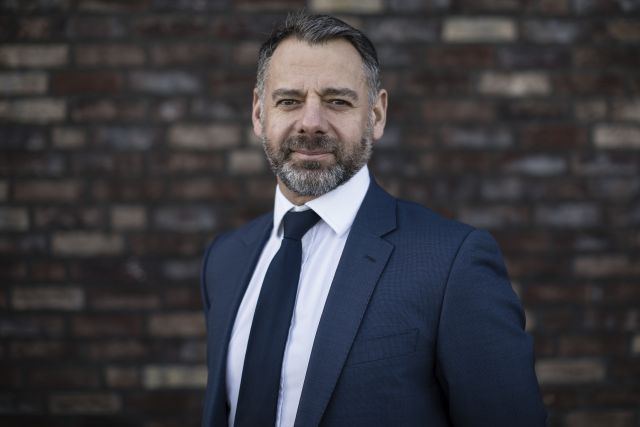Richard Sarti on why we need to make our grids more flexible to cope with the net-zero transition
After the Grid Flexibility Webinar on Tuesday 2 June 2020, Climate Action caught up with Richard Sarti, Director Marketing & Sales - NODES to discuss how can we make our grids more flexible to cope with the net-zero transition.

Q. Richard, it was a pleasure to have you join us for the Grid Flexibility Webinar. What would you say the main takeaway was from the session?
A. Greater access to flexibility is needed to support the challenges of maintaining a stable grid as we transition to a more sustainable future. Market mechanisms will be key in helping incentivize greater utilisation of flexibility in the future.
Q. This webinar was hosted in the midst of lockdown. How has COVID-19 affected our energy systems? How can we ensure our grids are more resilient in the future?
A. In my opinion, COVID-19 has had a huge impact on our energy system. The lock down period has seen demand for energy drop to unprecedented low levels, causing a huge headache for the grid operators in order to maintain grid stability.
During the lock down we have seen extended periods of negative prices in the wholesale electricity markets, which highlights the lack of flexibility in the existing system, this is underpinned by the need to implement emergency grid code changes to “switch off” large scale generation units in the event demand drops below predicted levels.
COVID 19 has given us some insight around the reality of the challenges ahead as we seek to decarbonize. Consumptions patterns will change and become more unpredictable as consumers take greater control over how and when they want to use energy, whilst at the same time we will be increasing the amount of renewable energy in the system whilst reducing the number of large scale generation units.
If we are to ensure grid resilience in the future, then we need to think about how the market design needs to change. Most renewables are connected to the distribution system, not the transmission system. As a result, a more bottom up approach is needed to manage grid stability at the local level.
Allowing the distribution system operator to actively manage its local network will be key; being able to understand what sits behind the meter in the local area and actively manage their constraints, then grid congestion can be isolated and addressed locally whilst minimizing the impact to the transmission system
Q. So, grids need to become more decentralised to become more flexible. How can we accelerate the decentralisation? What are the key factors involved?
A. In my opinion the development of a market-based solution will be key to helping to speed up the process. The creation of market-based signals will help incentivize the necessary changes needed to create greater flexibility in the grid. These signals can be used to create transparency to the grid operator on flexibility availability and scarcity which will allow for a more informed decision for grid reinforcement projects.
A market based solution will also create a level playing field for generation, demand side response and storage to compete. Ensuring that the right type of flexibility is available in the right location at the right price, during the right time.
Q. During the session there were a number of questions on the future of our energy grids. Is flexibility a 'temporary' concept until networks are reinforced or is it here to stay? If it is seen as temporary, how do you incentivise investors to invest in flexible assets?
A. The Clean Energy package references the need for flexibility to be utilized ahead of grid reinforcement. This should be a clear signal that flexibility is not considered to be a temporary concept, but a key component in future market design as we transition to a more sustainable future.
If we are talking about changing the market design and to look at a more bottom up approach, then understanding where flexibility sits within the net work and how it can be better utilized must be a priority if grid operators are going to carry greater social obligations towards consumers in the future. .
Embarking on a capital-intensive reinforcement project should not be the first port of call and I believe the clean energy package supports that, which is why I do not believe flexibility is “temporary”.
By allowing a more localized market design to unlock the value of flexibility will incentivize investment in flexibility assets. Which is why at NODES, we are working with grid operators and flexibility service providers to help develop these markets.
Q. How do we create a level playing field between the regulator and the commercial offering of flexibility ?
A. The creation of sandboxes has been key to allowing projects to develop without the constraint of regulation as we seek to understand the impact and challenges faced with integrating flexibility into the energy system. However, if we are to see flexibility develop then the engagement of the DSO is essential and understanding and creating clear boundaries between those functions which are more monopolistic, and which are more market based will be key.
NODES were a sponsor for the Grid Flexibility webinar on the 2 June 2020. To explore how emerging and disruptive technologies are already shaping the energy grids we all rely on, watch the webinar on demand here.






_400_250_80_s_c1.jpg)